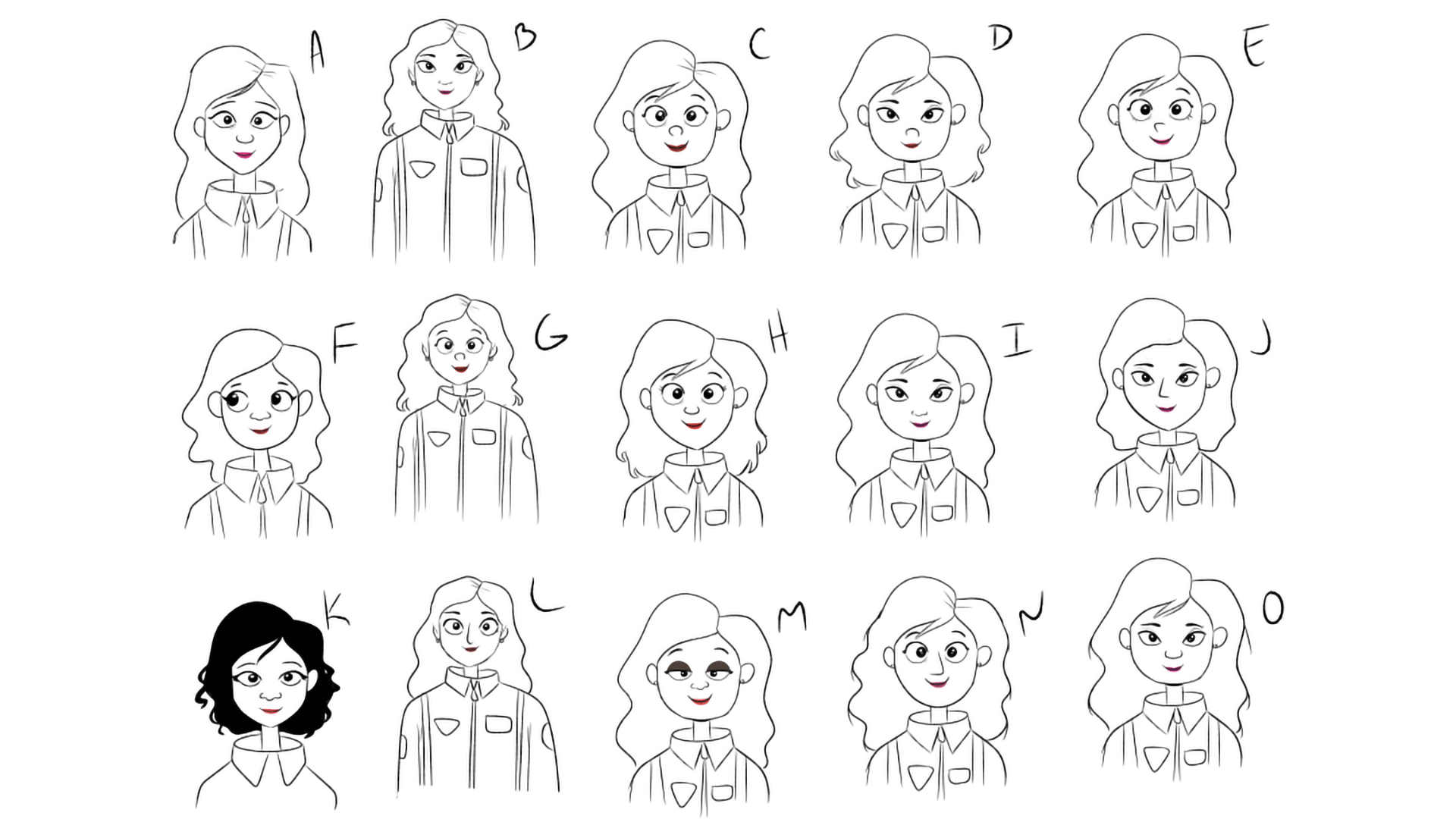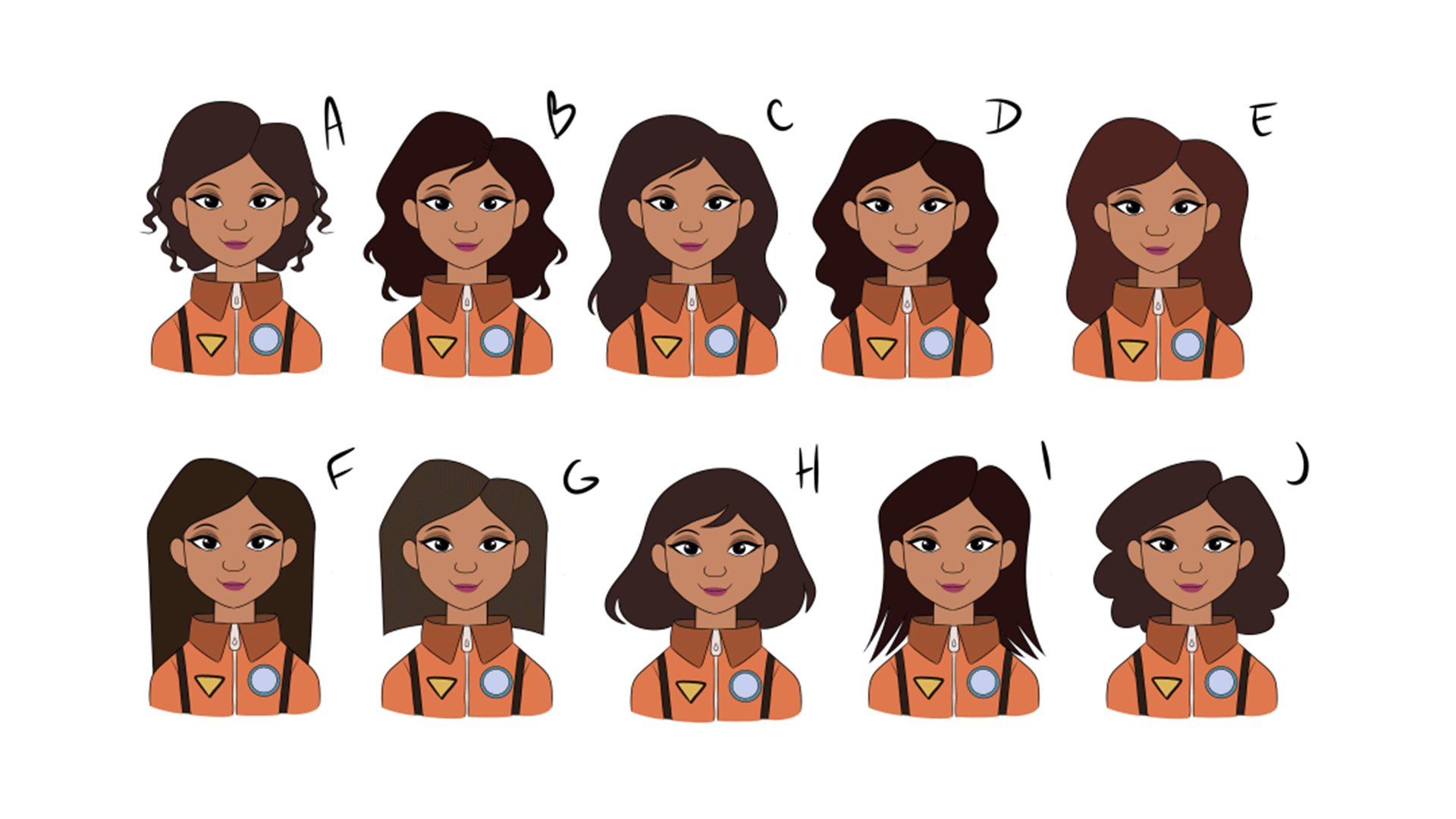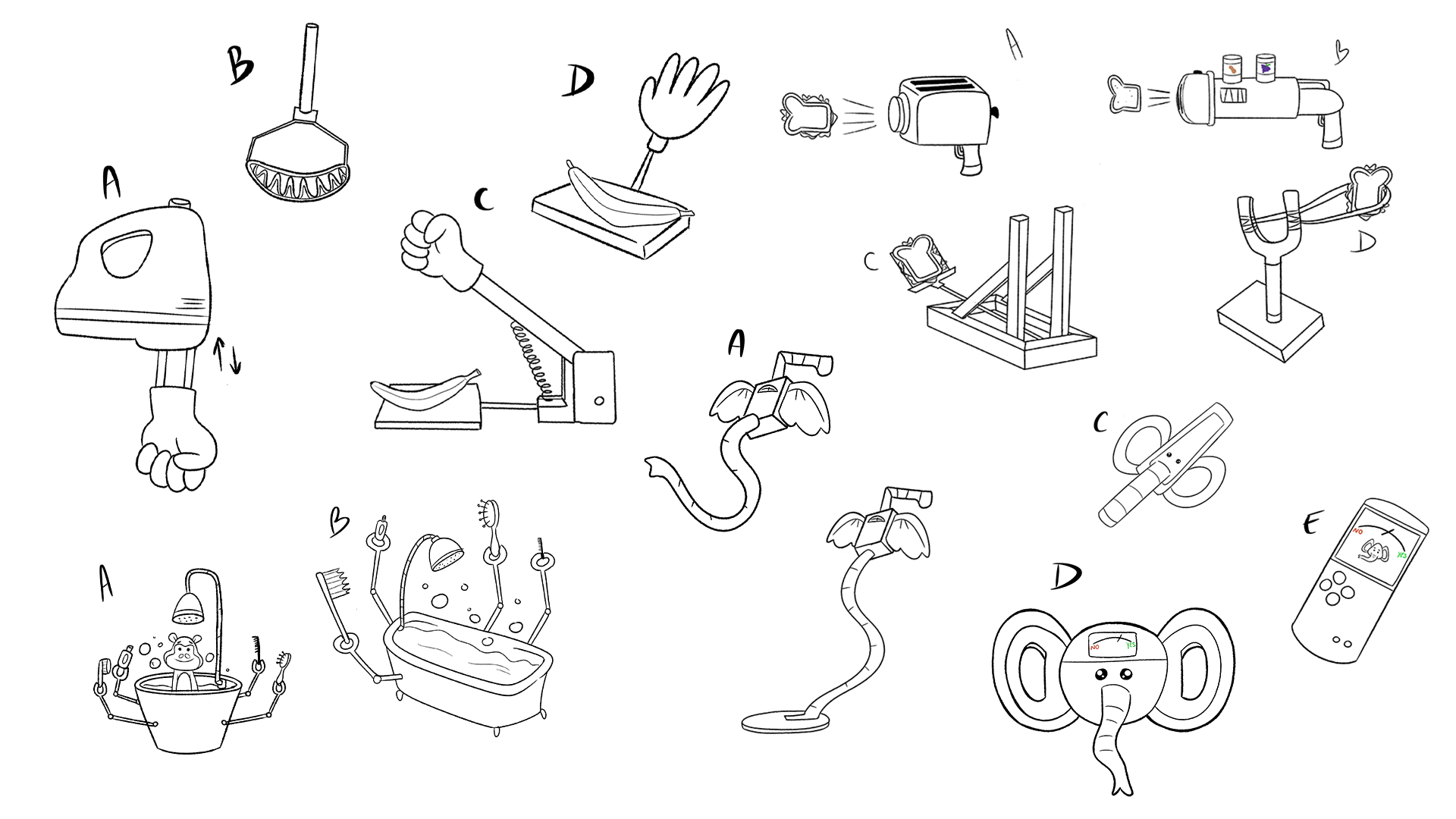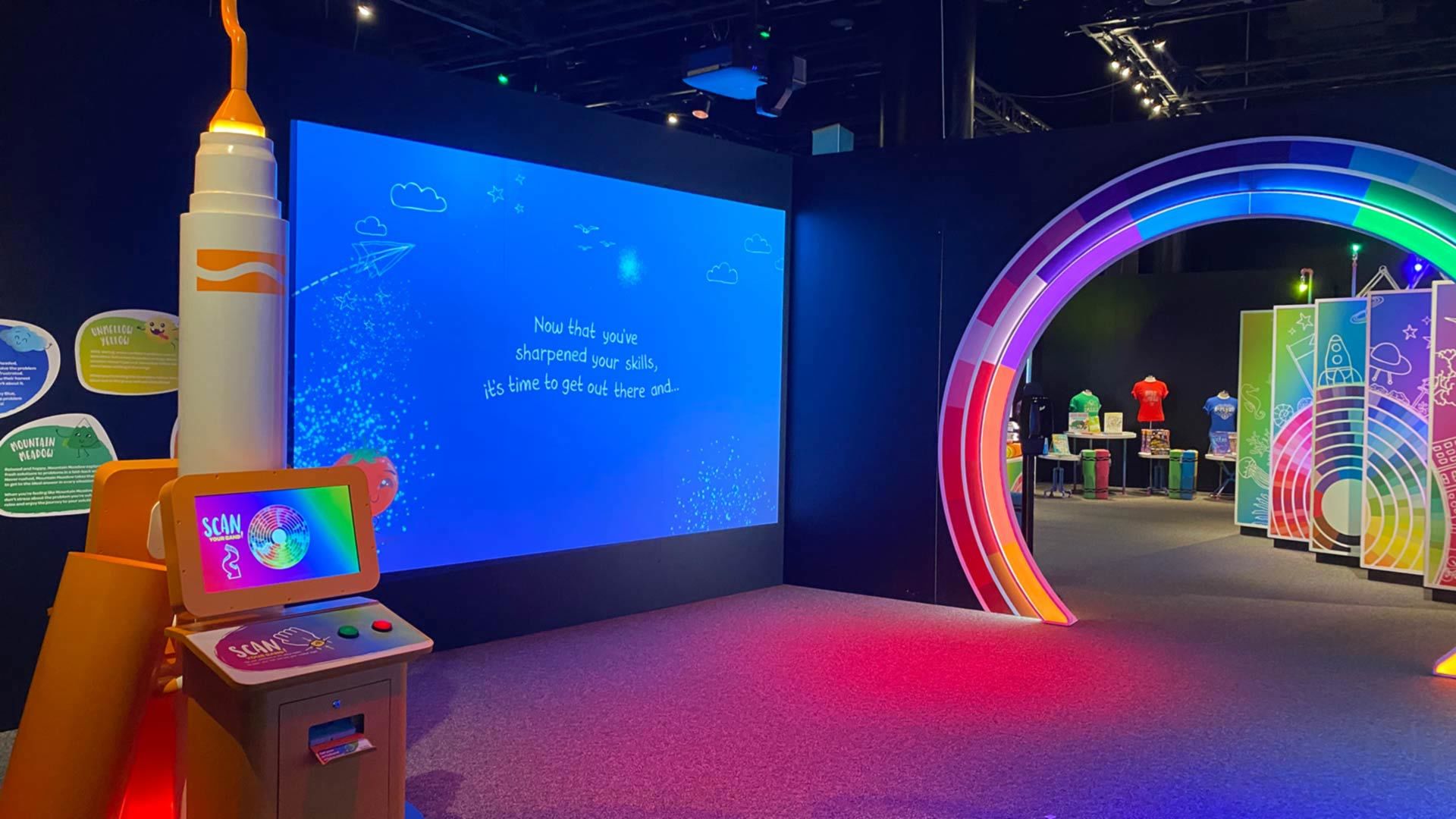Crayola IDEAworks: The Creativity Exhibition
Crayola and Agency 808
A traveling hands-on exhibit, Crayola IDEAworks shows curious kids the process of invention and design, from conception through development to creation. The vast exhibit offers guests many opportunities for creative play and immersive learning. We worked with exhibit producer Agency808 on a wide range of screen-based and environmental interactive experiences.
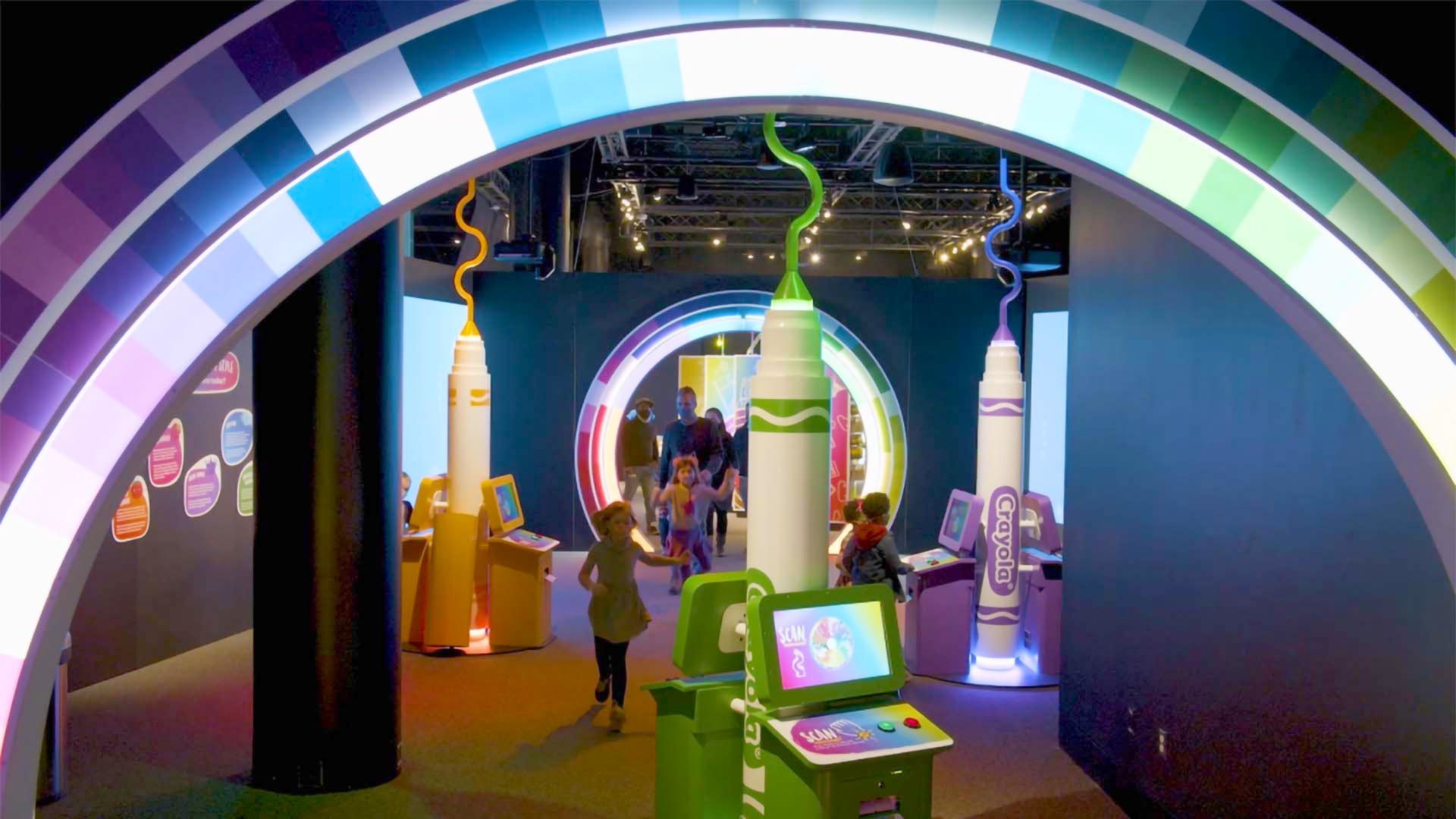
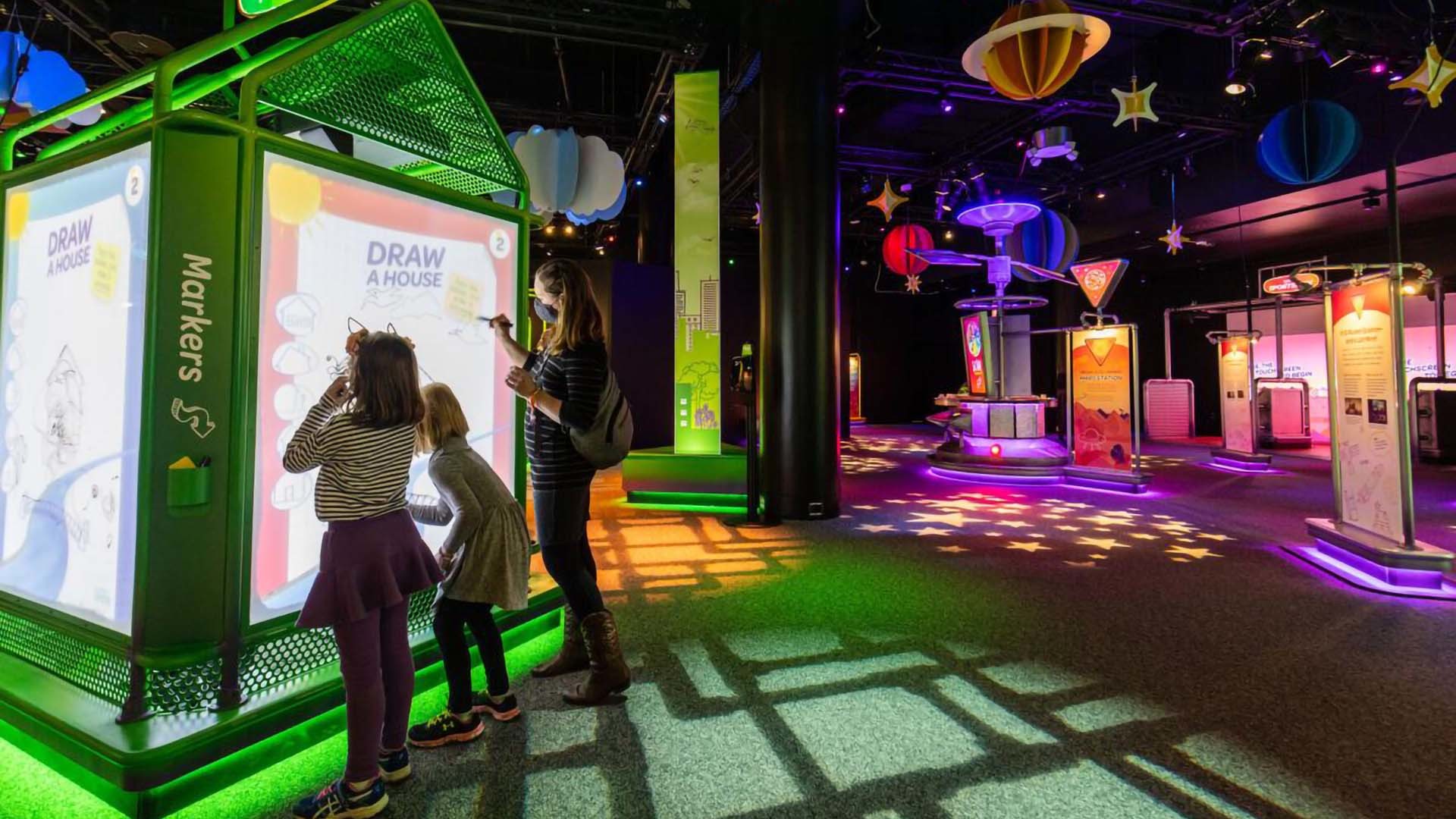
Intro
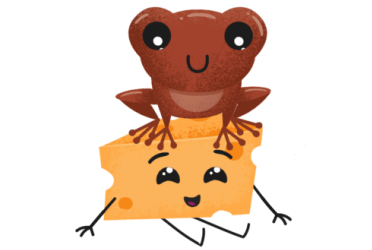
While the exhibit is designed to be fun and engaging, it also has a strong curriculum based in Design Thinking. We created a two-minute introductory video to guide guests through the IDEAworks experience. After recounting Crayola’s strong legacy of fostering creativity, the playful, vibrant video informs guests of the many physical and digital interactives housed within the 17,000 square foot exhibit space.
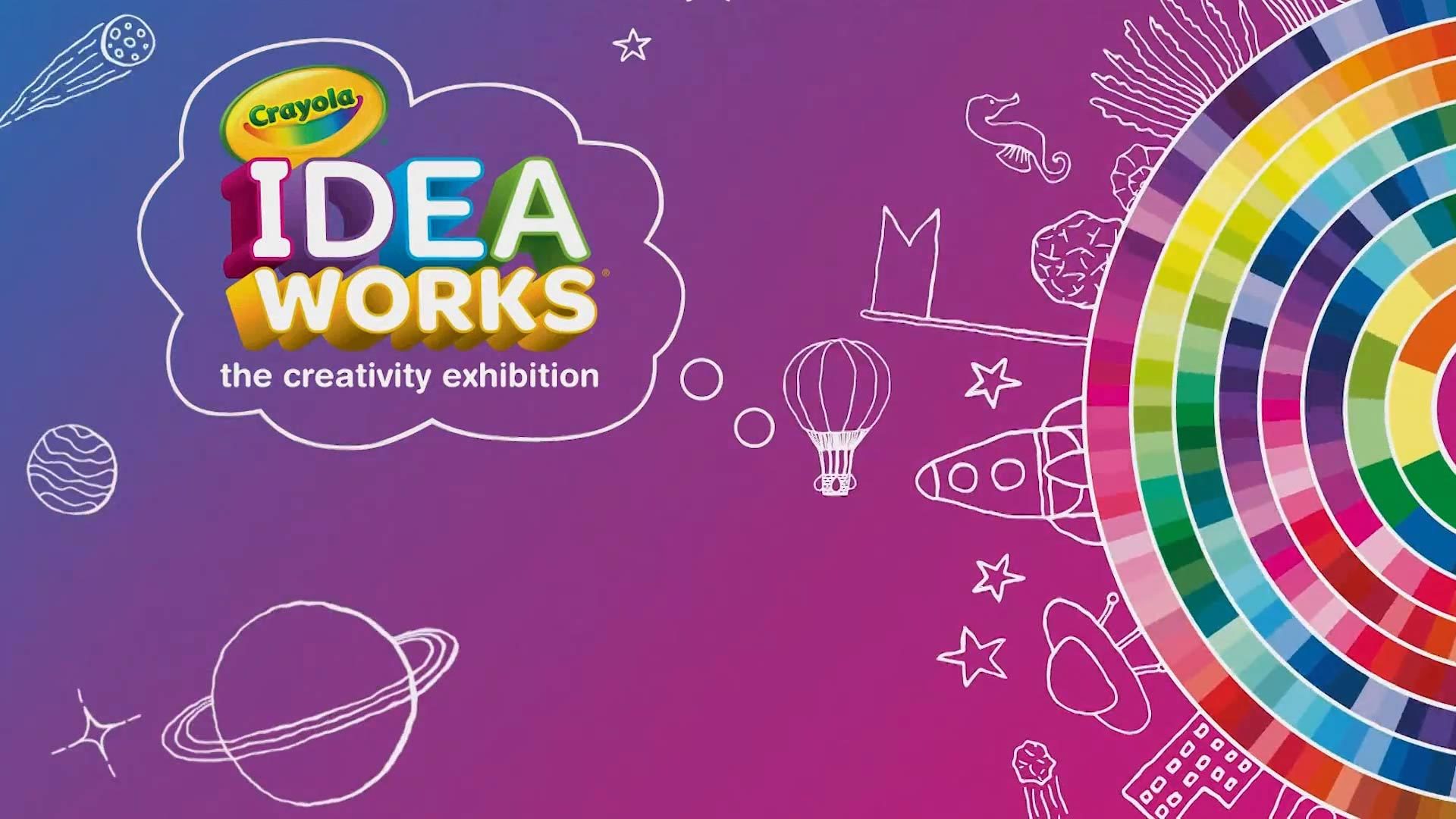
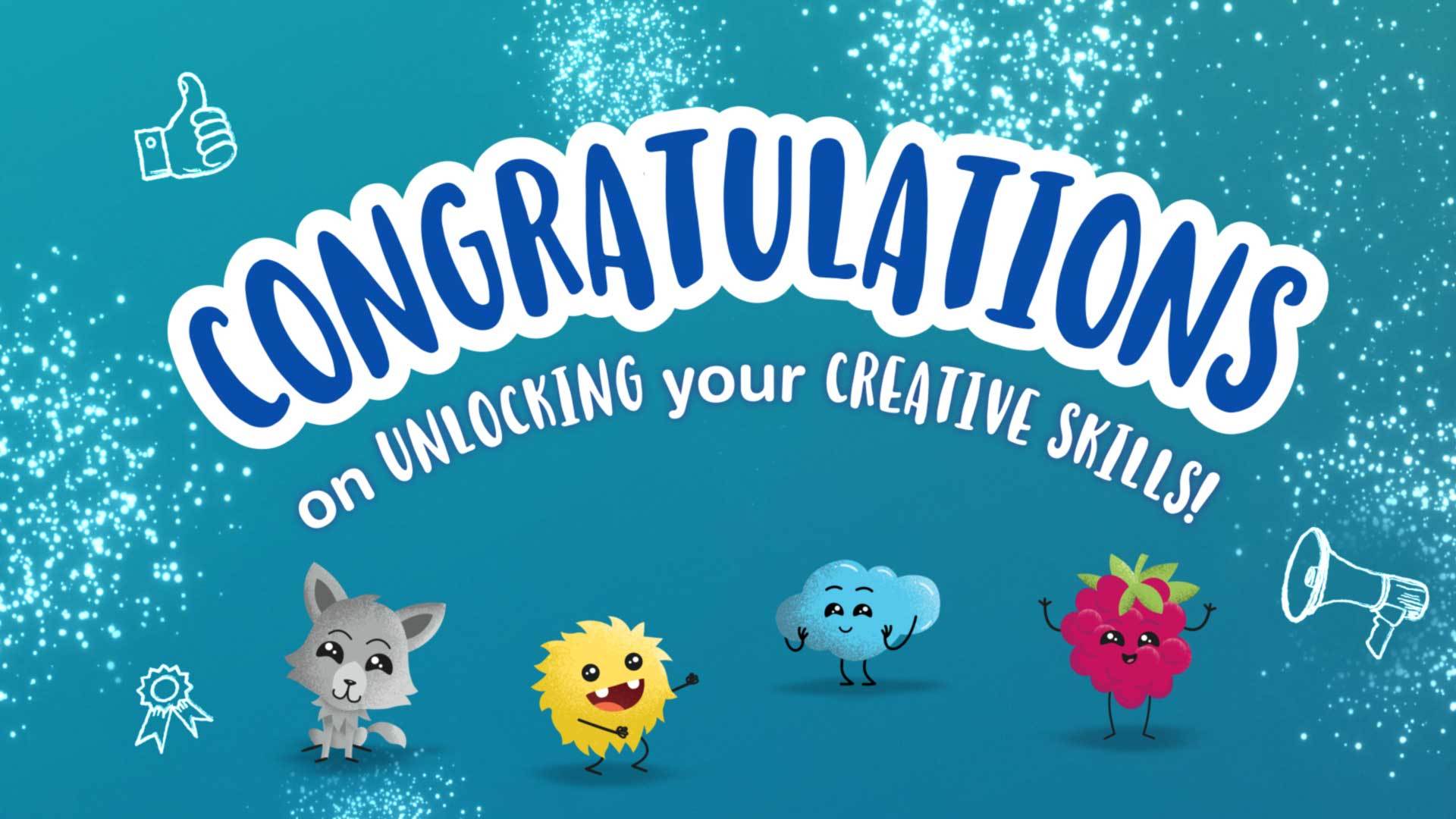
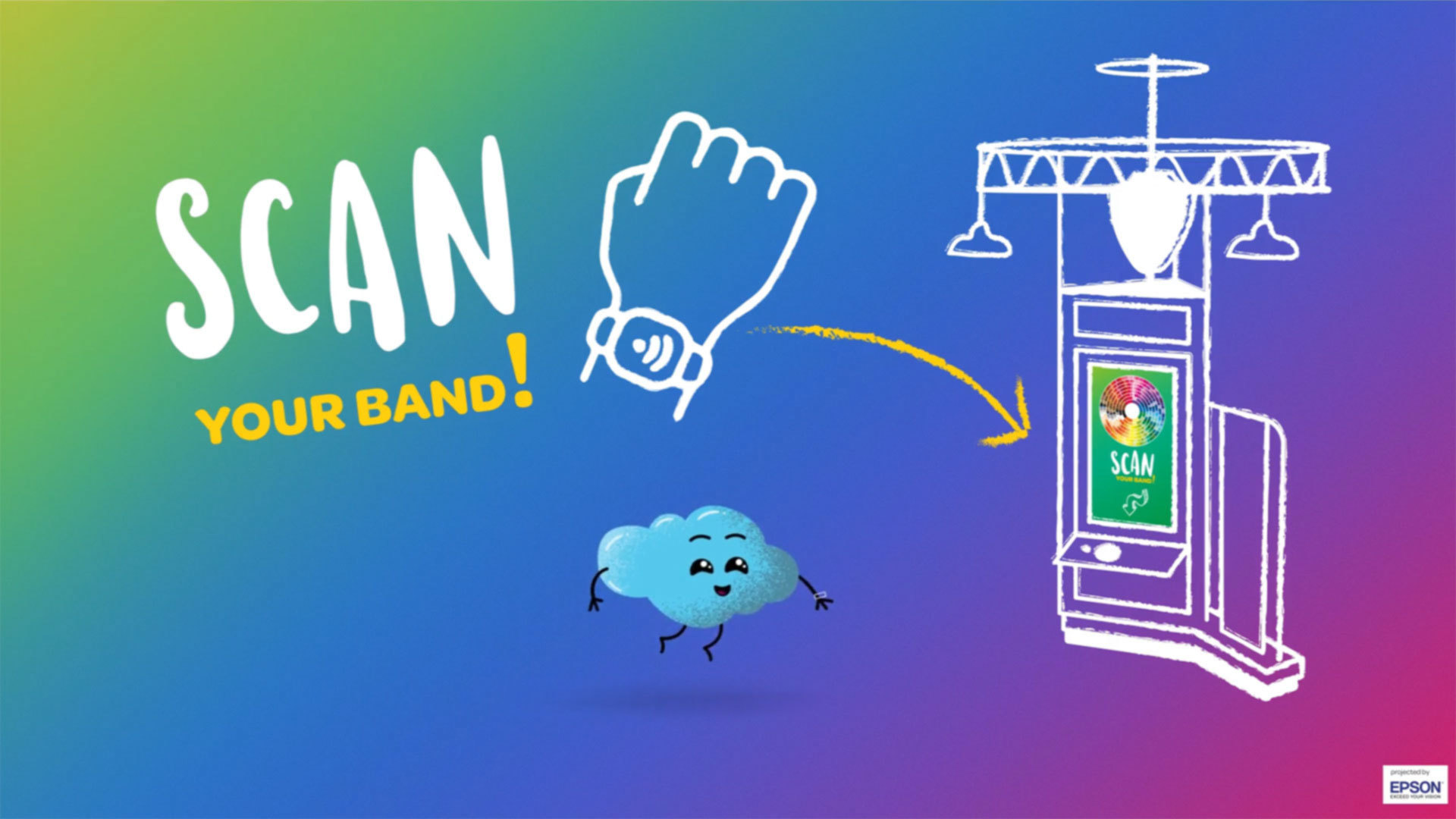
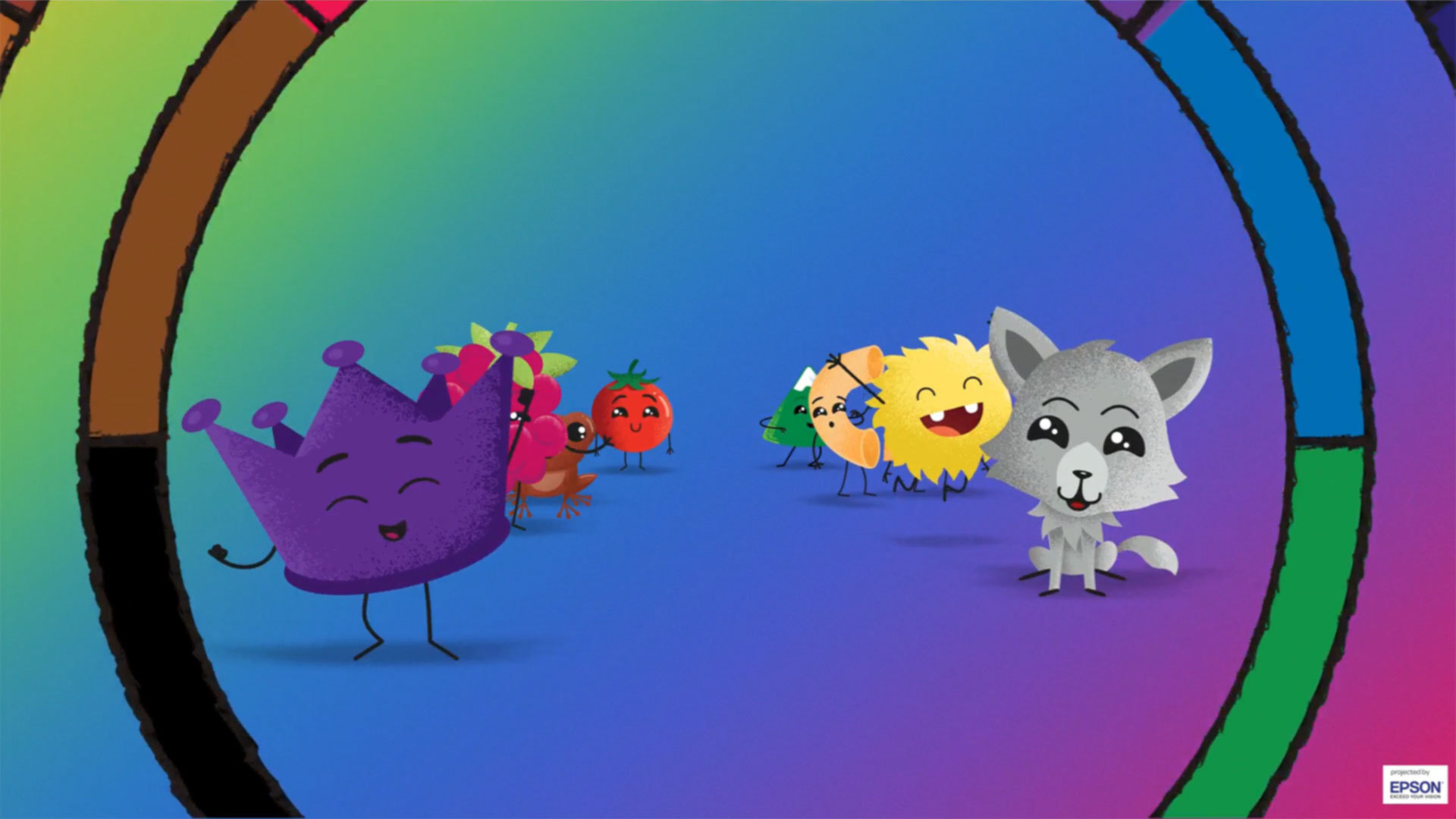
Workshop
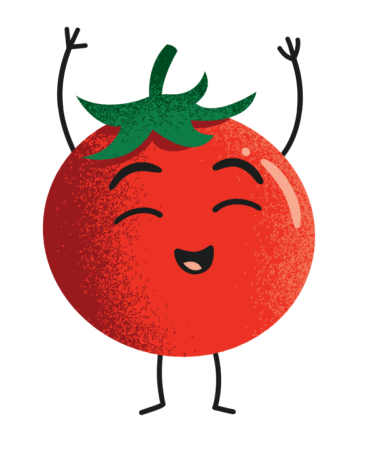
Leaving the intro theater, guests enter the Workshop where they learn about the processes involved in creative problem solving. Four stations, marked I, D, E and A, represent four stages of problem solving: Identify, Define, Explore and Assess. At each station, an animated video tells viewers how each quality contributes to the creative process.
We created many interactive, animated highlights throughout the Workshop. One such activity calls on guests’ empathy to reunite a lost corgi with his owner. In Design Thinking, empathy is an important key in helping creators envision the needs of their "client.”

Later kids learn about selling their ideas when they join an animated shark in a shark-tank pitch session. Kids choose pitch points Mad-Lib style and then watch their sales-shark shill ridiculous products based on their advice.
Other fun stations include a fact/opinion/false quiz, a color-mixing lab, and lively questionnaires at each station that determine the kids’ own problem-solving style. The various activities in the Workshop boast plenty of real-time interactivity and engaging, custom animation. As guests move throughout the exhibit, they check in using an RFID bracelet that collects the results of their interactions. More on that later!
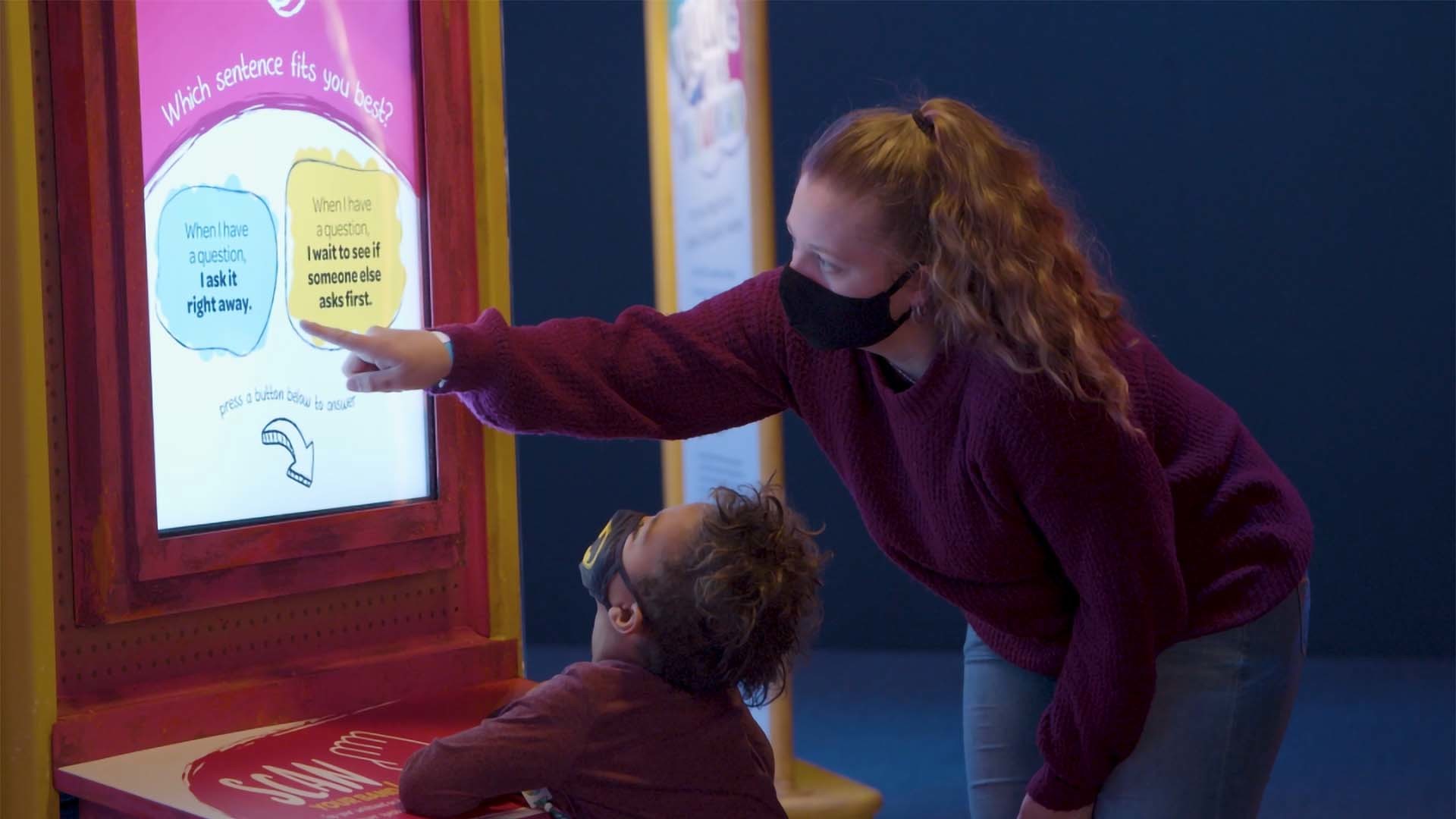
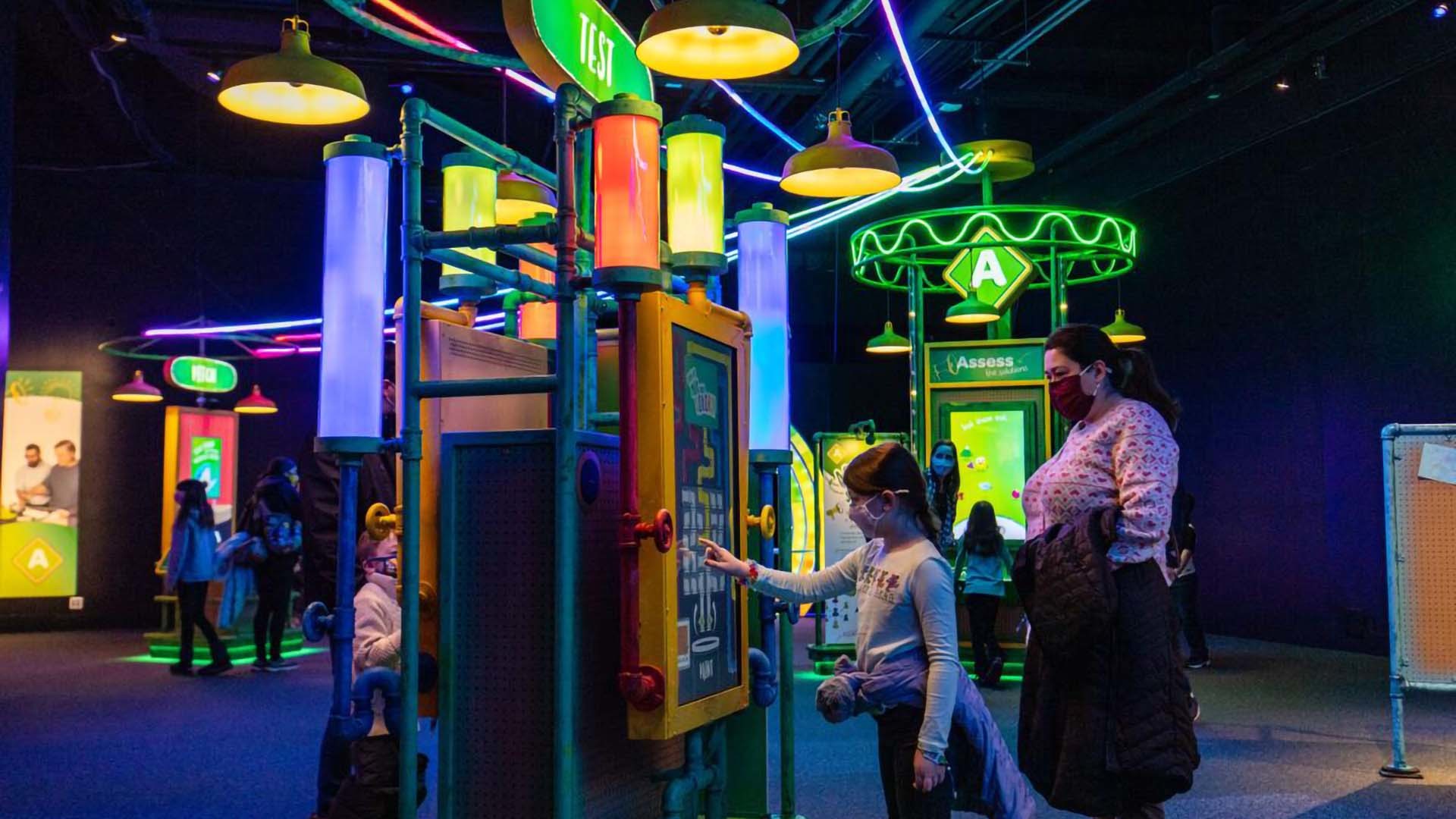
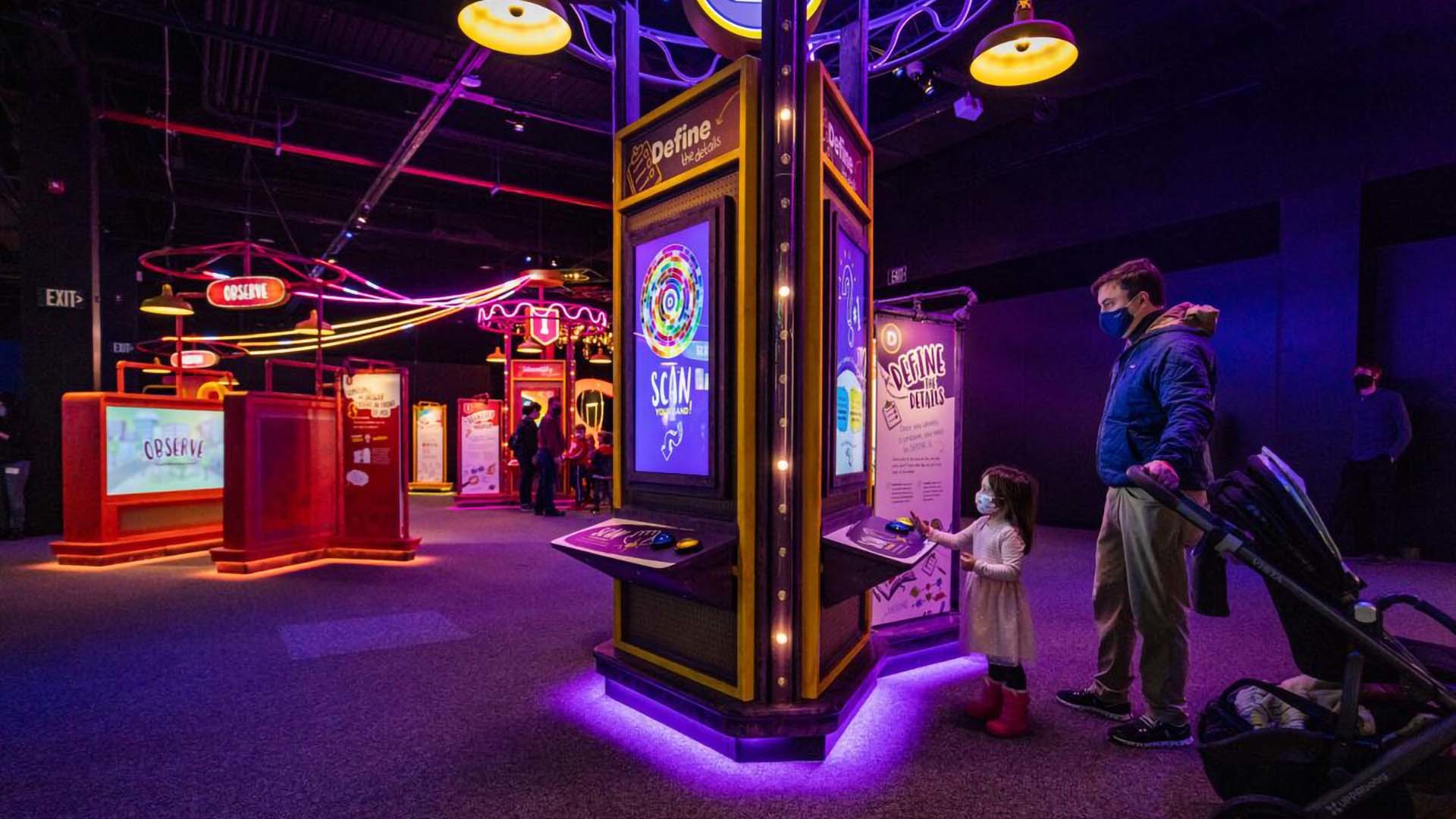
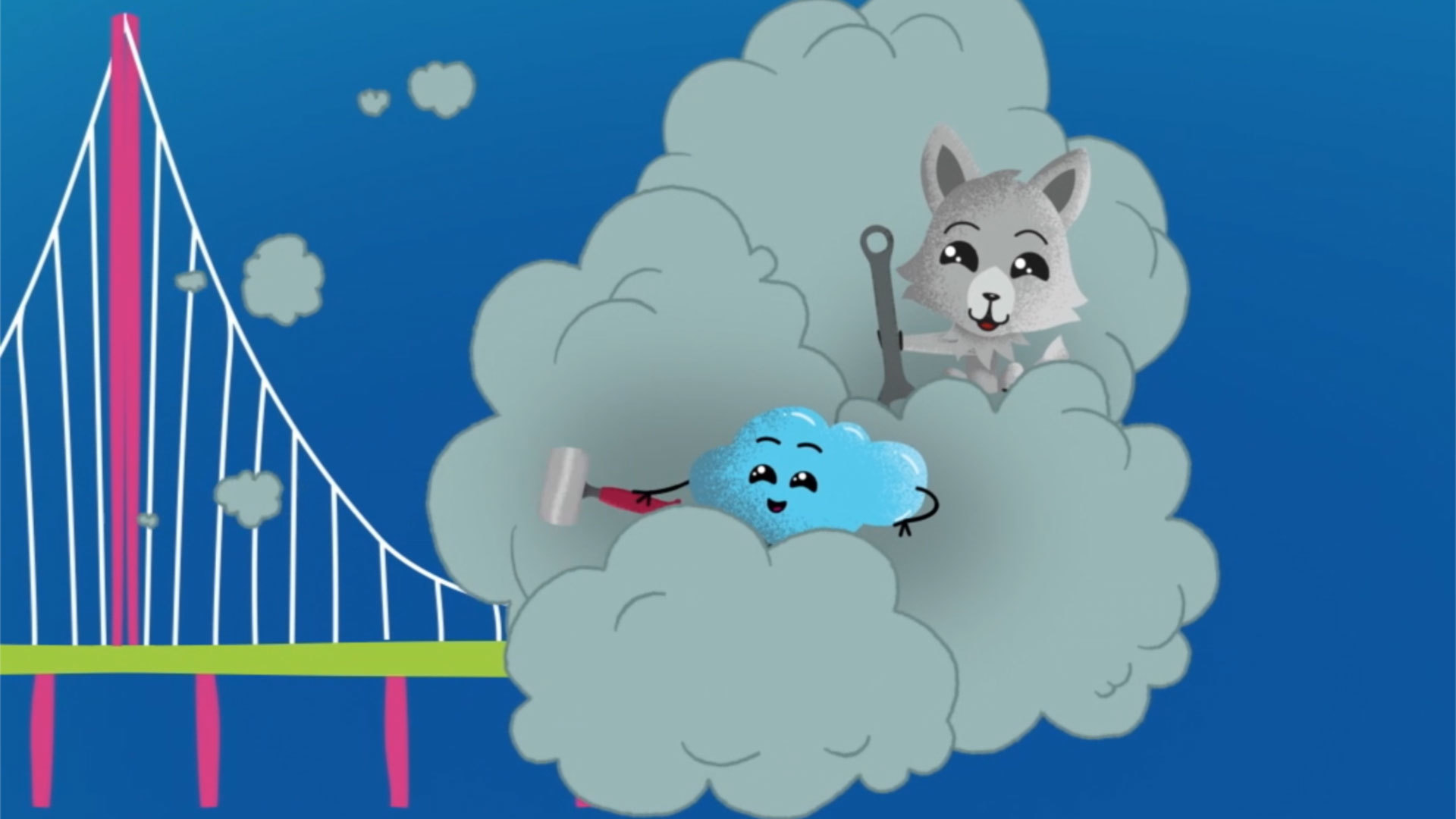
ColorVerse
Following their encounters in the Workshop, guests pass through the rainbow-hued Color Wheel Portal into the ColorVerse. Here they can apply what they’ve learned as they journey through three zones, Land, Sea and Space.

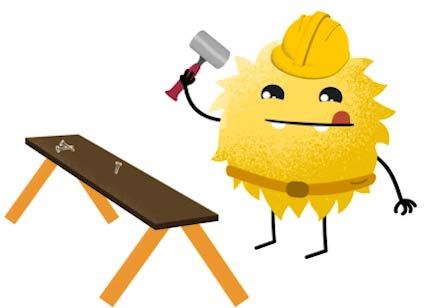
In Land, guests collaborate in teams of four as they use their cooperative skills to build a home. On a home-size footprint, each team member takes a corner. There they manage one aspect of the home build. They then rotate to a new corner to manage a new specialty.
A nearby table-top activity challenges guests to build a city using translucent building blocks on a luminous surface. The young planners adapt to environmental and population challenges as they construct their metropolis.
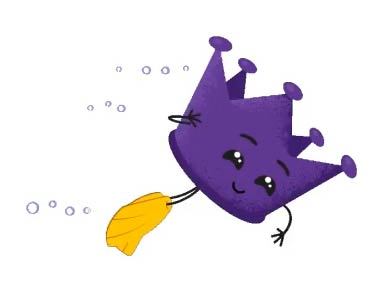
Sea presents guests with a troubling scenario, a reef that’s been abandoned by sea life thanks to industrial noise. A wide control panel gives guests access to plenty of good and bad sounds. Working in teams, they alter the sonic environment in hopes of luring the fish back.
Blasting into Space, kids use iterative testing to hit a target with a ball on the low-G surface of Mars. Variables in ball weight and momentum result in more than 25 outcomes. Each “mistake” means an opportunity to improve.
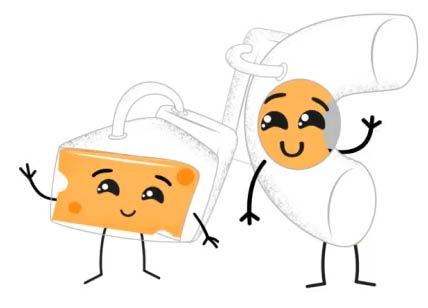
Also on Mars, kids take to a green-screen stage where they cooperate with a newscaster to tour an extraterrestrial base and help viewers acclimate to Martian life.
After visiting every station in IDEAworks, kids celebrate their success by scanning their RFID one last time to learn about their own creative strengths. Each creative personality type has its own character and associated Crayola color. Kids leave with a sticker and wristband to remember their day in IDEAworks.
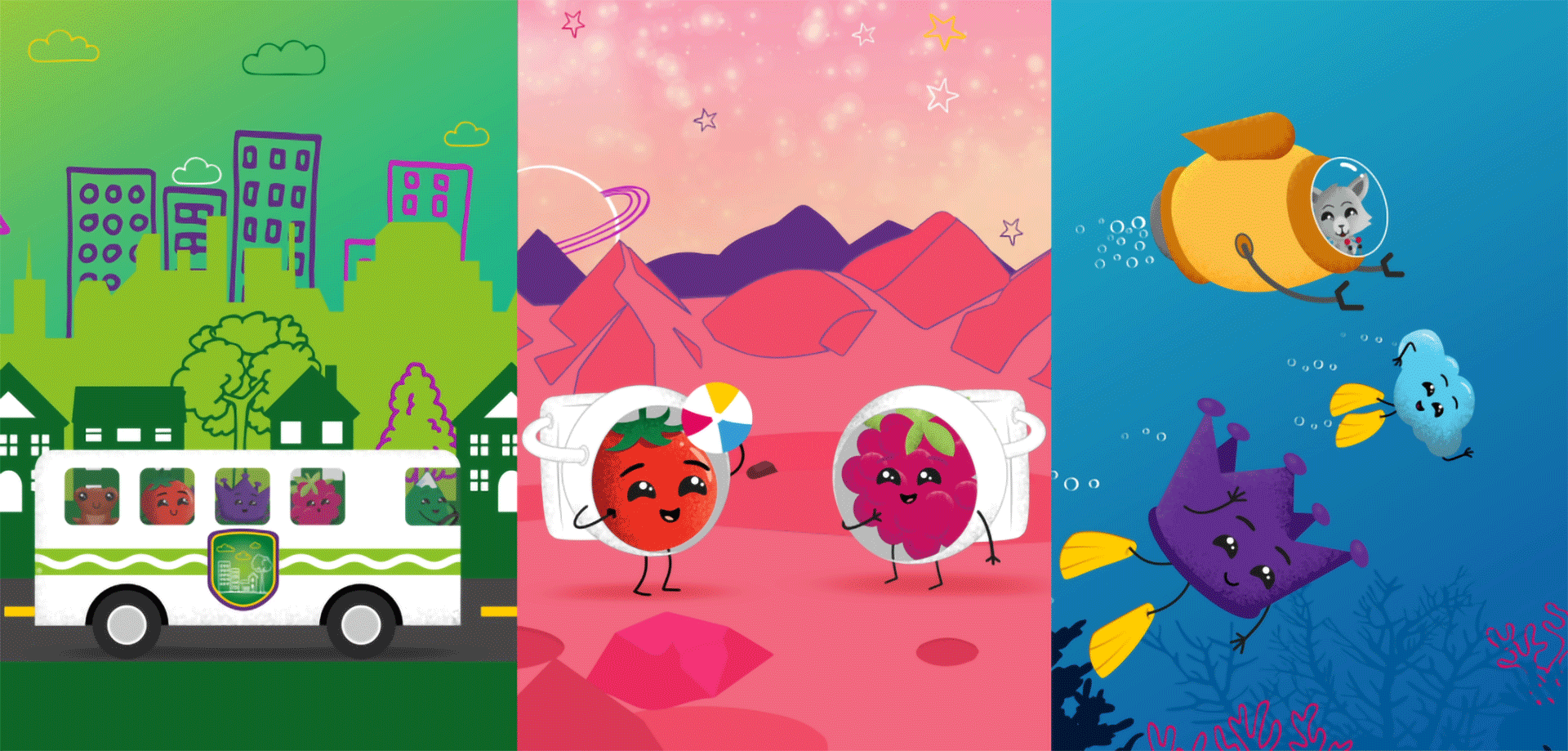
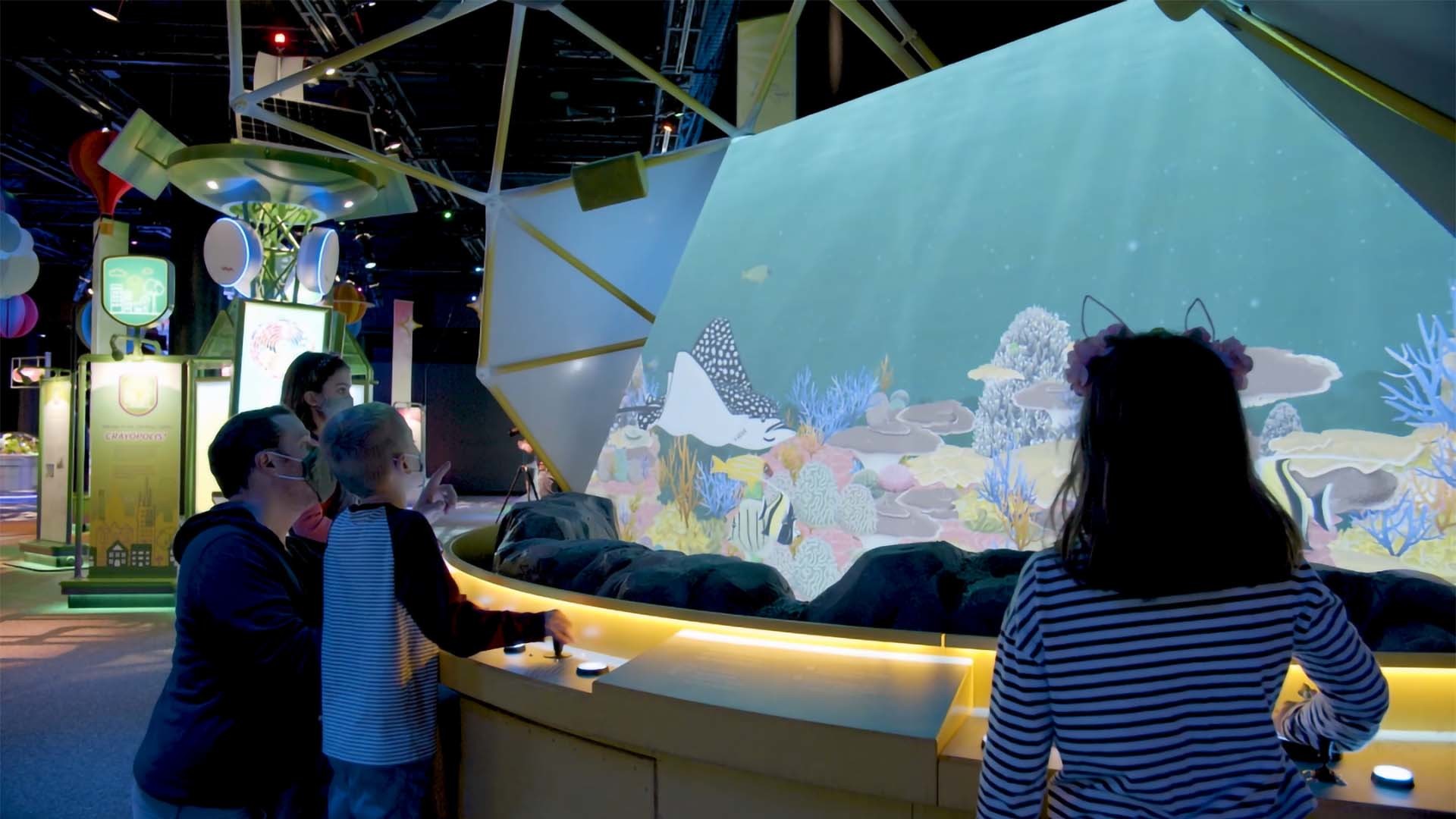
Making a Mark

All the activities only scratch the surface of our contributions to a vast and satisfying museum experience for kids and their grown-ups alike. What’s more, we gave animated life to Crayola’s Craymoji characters for the first time. In addition we generated music, sound design and ambient acoustics to make IDEAworks really resonate with the audience.
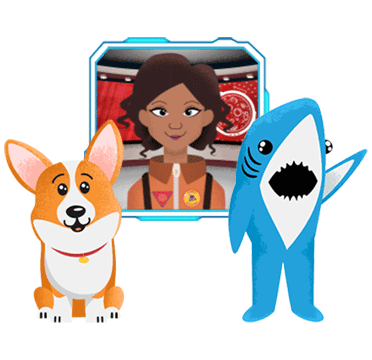
Producing Crayola IDEAworks required a lot of coordination across teams. This proved particularly challenging as the project launched while Primal Screen staff began working from home due to COVID. What were once workarounds became integral project tools. Today we continue to rely on live design sessions, team edit jams, virtual whiteboard concepting and remote testing.
See, even WE learned a little more about Design Thinking!
